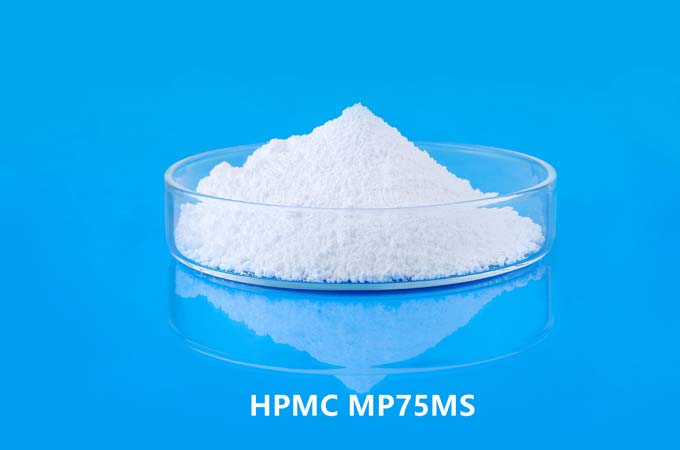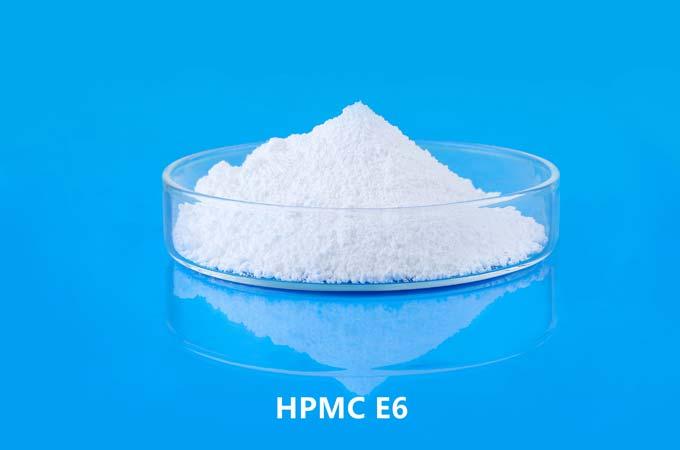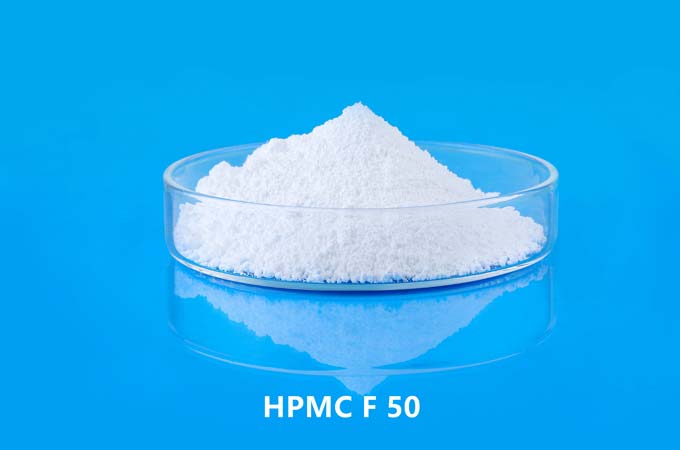In wet-mix masonry mortar, hydroxypropyl methylcellulose (HPMC) is an important additive and is widely used to adjust the performance of mortar, especially in improving consistency, water retention, and workability. Mortar consistency is a key parameter to measure its fluidity and workability, and has a direct impact on the construction efficiency, adhesion and finished product quality of the mortar.
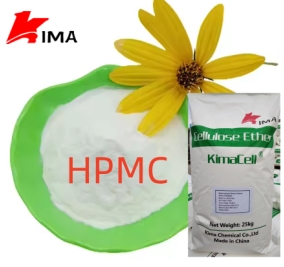
1. Definition and importance of consistency
Consistency refers to the density of the mortar mixture, reflecting its fluidity under gravity. Moderate consistency means that the mortar can fill the brick joints well without excessive flow, ensuring good adhesion and workability.
The ideal mortar consistency should meet the following requirements:
Easy to construct, no sticking to tools, no dripping;
Strong adhesion, can be closely combined with masonry;
Smooth finishing, convenient for subsequent plastering or finishing;
Good water retention, not easy to seep or crack.
2. Mechanism of HPMC’s influence on mortar consistency
HPMC affects the consistency of mortar mainly through the following mechanisms:
Improve water retention rate
HPMC can form a layer of "water film" in the mortar, significantly improving the water retention capacity, preventing the water from being absorbed by the base or bricks too quickly, thereby maintaining operability and consistency stability for a long time.
Increase system viscosity
HPMC itself is a water-soluble polymer substance. After dissolving, it forms a viscous solution, which helps to enhance the cohesion of the mortar, making the consistency moderate and not easy to stratify or bleed.
Improve lubricity and workability
HPMC has good lubricity, which can reduce friction, making the mortar easier to apply and compact, and neither too thin nor too dry.
3. Determination of consistency of wet-mixed masonry mortar
The commonly used methods are the jumping table method or the slump cone method:
3.1. Jumping table method (GB/T 2419-2005)
Put the mixed mortar into a standard mold (70mm/100mm diameter×60mm high truncated cone);
Jump 25 times on the jumping table;
Measure the diameter of the mortar after spreading after removing the mold;
The larger the jumping diameter, the smaller the consistency; the smaller, the higher the consistency.
Generally, the jumping diameter of wet-mixed masonry mortar should be controlled between 160 and 190 mm.
3.2. Slump method (GB/T 50080)
Fill the mortar with a standard slump cone;
Measure the vertical slump height of the mortar after removing the cone;
The larger the slump, the thinner the mortar.
Of the two methods, the jumping table method is more suitable for measuring wet-mixed masonry mortar with high fineness and strong fluidity.
4. Principles of HPMC dosage for consistency adjustment
The dosage of HPMC needs to be determined according to the actual construction requirements, mortar composition and the HPMC variety used (viscosity, degree of substitution, etc.). The general usage is:
Between 0.1% and 0.3% of the total weight of dry materials;
In terms of consistency control, high viscosity HPMC (≥75000mPa·s) often has a stronger thickening effect;
Low viscosity HPMC (20000~50000mPa·s) is more conducive to construction fluidity and is suitable for mortars requiring strong fluidity.
The following control logic should be followed:
If the consistency is too high (too thick, difficult to construct): appropriately reduce the HPMC dosage or choose a variety with lower viscosity;
If the consistency is too low (too thin, too fluid): increase the HPMC dosage or replace it with a high viscosity model.
5. Influence of other factors on consistency
In addition to HPMC, the consistency of wet-mixed mortar is also affected by the following factors:
Water-cement ratio: the higher the water-cement ratio, the lower the consistency; controlling it within the appropriate range is particularly critical for stabilizing the consistency;
Sand gradation: fine aggregate with reasonable grading helps to improve the adhesion and consistency of the mortar;
Other additives: such as retarders, water reducers, etc., may also affect the efficiency of HPMC and should be used in a reasonable combination.
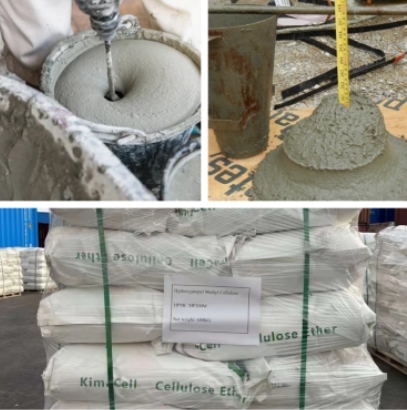
6. Actual proportion and debugging suggestions
In engineering practice, in order to ensure that the consistency of wet-mixed masonry mortar meets the standard, it is recommended:
Laboratory debugging:
Conduct multiple groups of dosage tests in the laboratory to select the optimal HPMC proportion and consistency parameters.
Small batch measurement:
Carry out trial mixing and tabletop consistency tests before construction on the site, and make fine adjustments based on the results.
On-site quality control:
Maintain the consistency of mixing time, moisture content of raw materials and climatic conditions to avoid excessive fluctuations in consistency.
As a key additive in wet-mix masonry mortar HPMC plays an irreplaceable role in regulating the consistency of mortar. By controlling the type and dosage of HPMC and using appropriate water-cement ratio and aggregate grading, the consistency of mortar can be effectively and precisely regulated, thus improving the construction performance and engineering quality. Accurate consistency measurement (such as the table skipping method) and scientific on-site adjustment strategies are the core guarantees for ensuring the stable quality of masonry mortar and smooth construction.
 English
English 日本語
日本語 français
français Deutsch
Deutsch Español
Español italiano
italiano русский
русский português
português العربية
العربية Türkçe
Türkçe Nederland
Nederland


